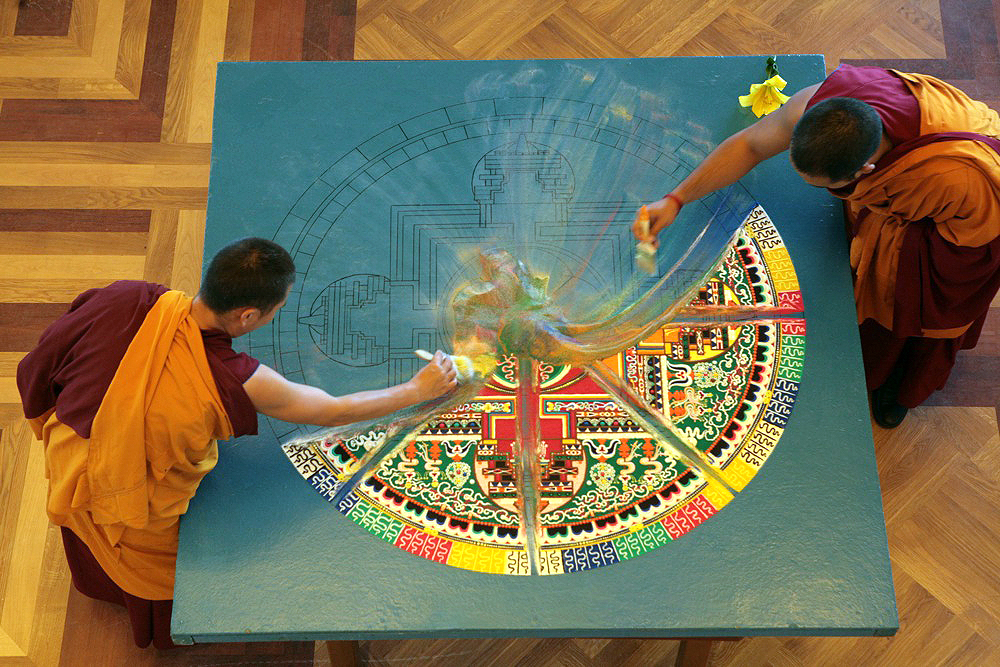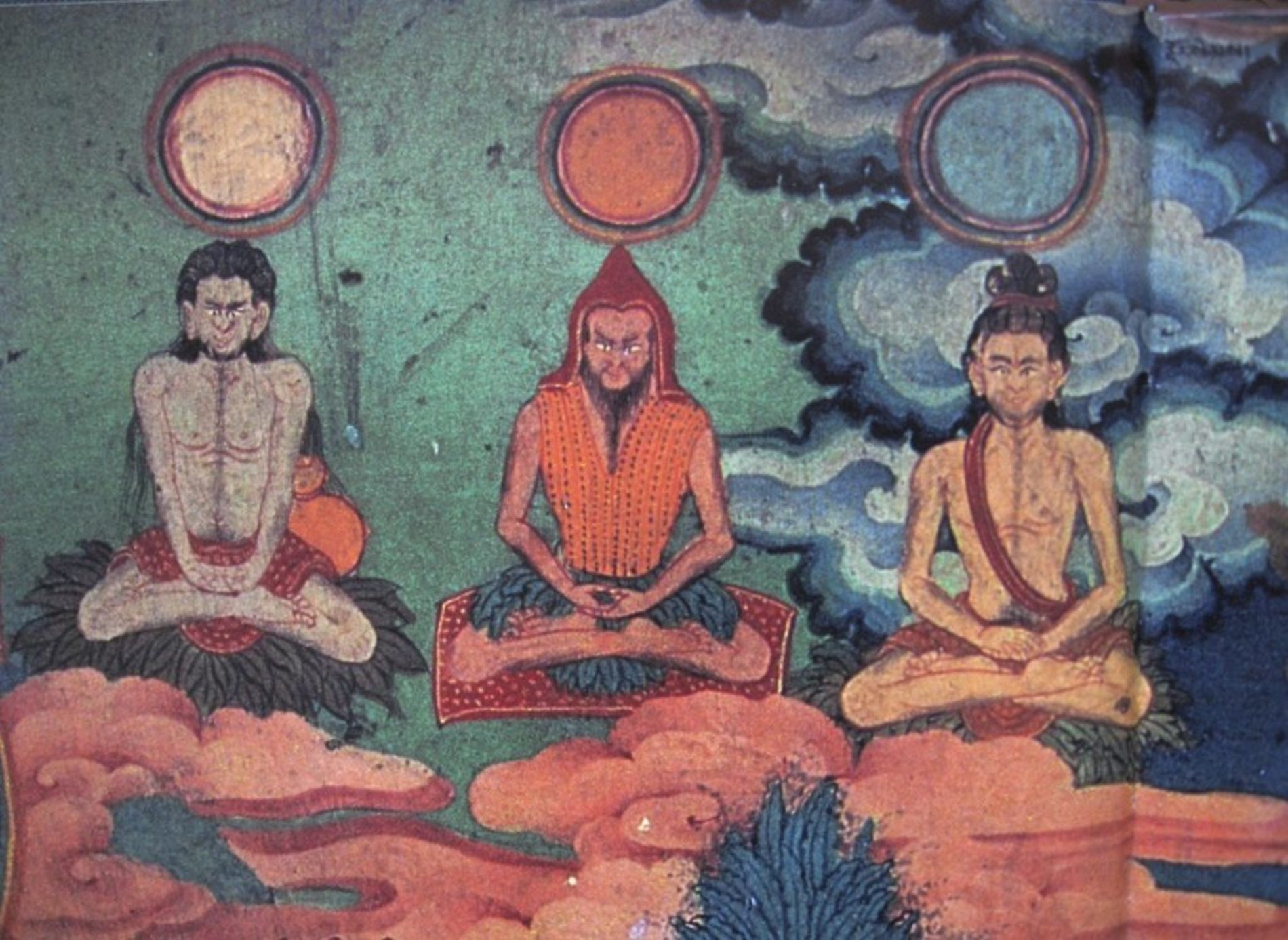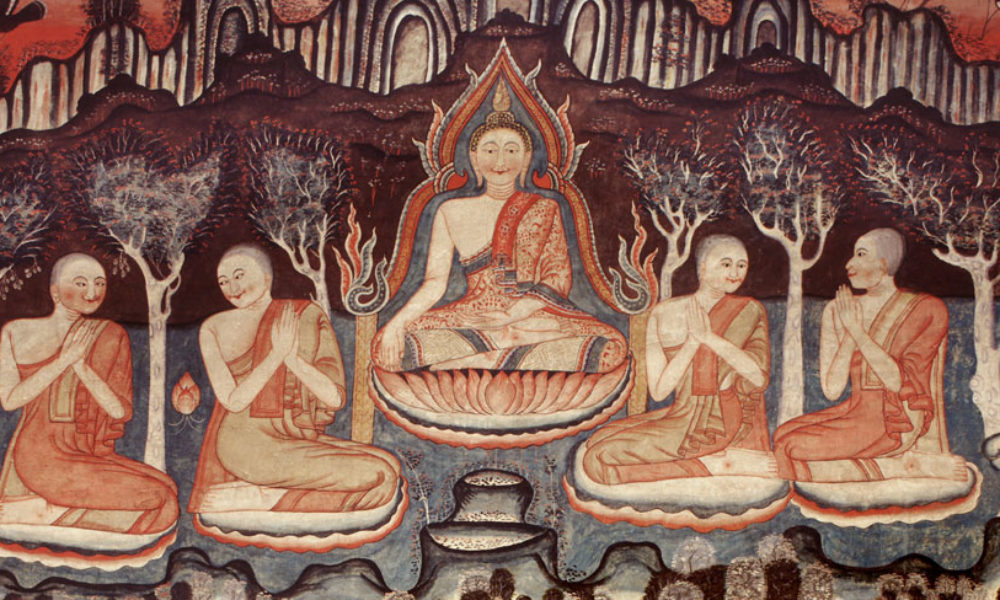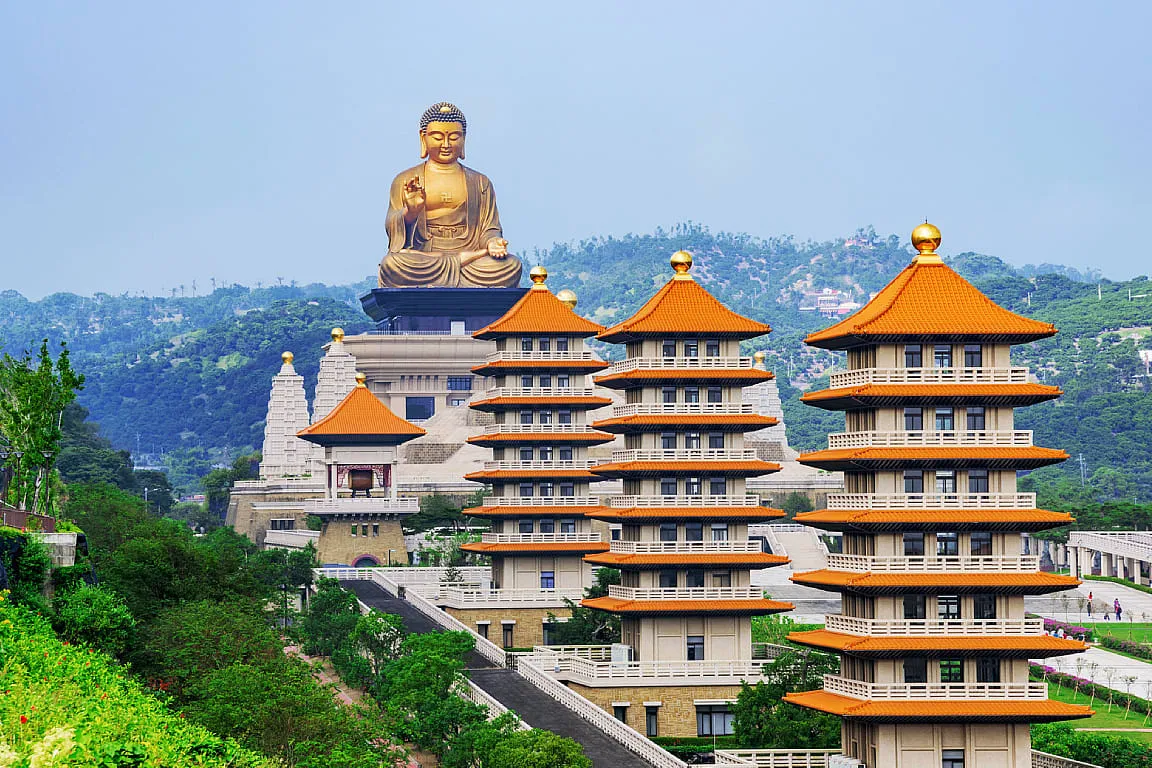Exploring the Concept of Kalpa in Buddhist Cosmology
Within the rich tapestry of Buddhist cosmology, time is measured in units known as Kalpas. Derived from Sanskrit, Kalpa signifies a vast period, encompassing the cyclical process of creation and destruction in Hindu and Buddhist cosmologies.
Understanding the Magnitude of Kalpas
A Kalpa represents the duration between the inception and dissolution of a world or universe, symbolizing immeasurably long cycles within the cosmic order. Buddhist scriptures delineate various categories of Kalpas, each differing in length and significance. A regular Kalpa spans approximately 16 million years, while a small Kalpa comprises 1000 regular Kalpas, equivalent to around 16.8 billion years. Beyond these, a medium Kalpa extends roughly 336 billion years, comprising 20 small Kalpas, and a great Kalpa encompasses 4 medium Kalpas, totaling approximately 1.344 trillion years.
Spiritual Encouragement through Kalpas
Kalpas serve not merely as temporal measurements but also as spiritual reminders, urging practitioners to engage in earnest spiritual practice. Within Buddhist teachings, the rarity of human existence and the opportunity to encounter the Dharma—the teachings of the Buddha—are emphasized. The infrequency of encountering such teachings, even across vast spans of time, underscores the preciousness of each moment and the imperative of diligent spiritual cultivation.
The Buddha’s Analogies
Although the exact duration of a Kalpa in years remains unspecified in Buddhist scriptures, the Buddha employed vivid analogies to elucidate its profound magnitude. One analogy likened the gradual filling of a massive cube with mustard seeds over the course of a Kalpa, illustrating the seemingly endless passage of time. Another analogy depicted the gradual erosion of a colossal rocky mountain through the periodic wiping with a silk cloth, conveying the inexorable passage of time within the cosmic cycle.
The Inconceivable Scale of Kalpas
In response to monks’ inquiries regarding the number of elapsed Kalpas, the Buddha invoked the incomprehensible scale of the universe. He compared the count of sand particles along the Ganges River—stretching from its source to its terminus—to be fewer than the number of Kalpas that have transpired, highlighting the inconceivable vastness of time within Buddhist cosmology.
Types of Kalpas and Buddhas
Beyond temporal measurements, Kalpas also delineate the epochs in which Buddhas manifest within the world. Two primary types of Kalpas are recognized: Suñña-Kalpa, characterized by the absence of Buddhas, and Asuñña-Kalpa, wherein at least one Buddha is born. Presently, humanity resides within the Bhadda Kalpa, graced by the presence of past Buddhas—Kakusandha, Koṇāgamana, Kassapa, and Gautama—alongside the anticipation of the future Buddha, Metteya.
Conclusion: Navigating the Cosmic Temporality
In delving into the concept of Kalpas within Buddhist cosmology, one encounters a profound meditation on time, existence, and spiritual endeavor. Through vivid analogies and philosophical insights, practitioners are encouraged to contemplate the vastness of time and the imperative of engaging in spiritual practice amidst the ever-turning wheel of existence.




